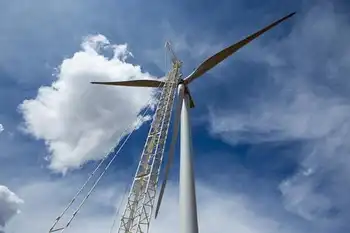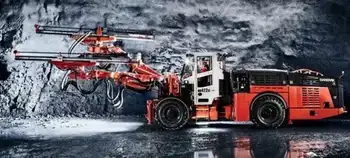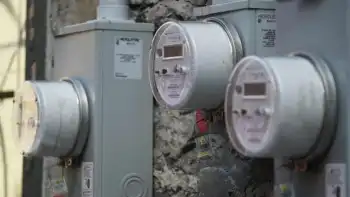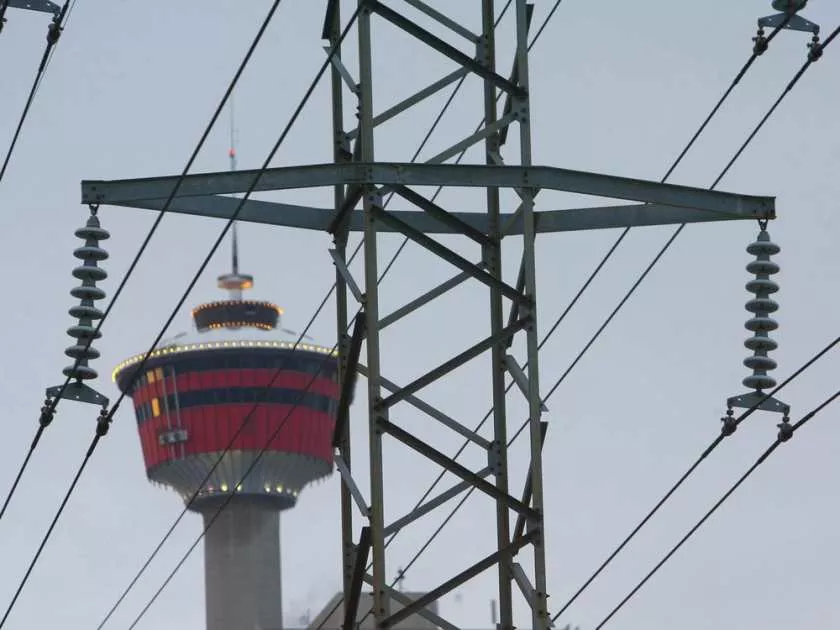Power thatÂ’s cheaper than free
- Would you believe that there are places and times when power companies generate so much renewable energy that they give it away?
In west Texas and Illinois, when the wind blows at night and nuclear plants run around-the-clock, power generators produce more electricity than people need. This oversupply “has forced electricity prices into the negative range,” an expert explains — meaning that some customers are paid to use electricity.
The expert is Terry Boston, and he knows what he’s talking about. Boston is the CEO of PJM, the company that manages the electricity grid that serves 51 million people in 13 mid-Atlantic states and Washington, D.C. It’s not an everyday occurrence but when demand exceeds supply, “cement manufacturing plants can get paid to take electricity,” he says.
It sounds crazy, but thereÂ’s a perverse economic logic at work. Owners of the wind turbines collect a production tax credit of 2.1 cents per kilowatt hour when they generate electricity, so they donÂ’t want to shut the turbines down. So long as they pay customers less than the subsidy to consume power, they make money. Put simply, taxpayers dollars pay the wind companies who pass along a portion to their customers.
“It is not sustainable to have large negative prices for long periods of time,” says Boston. No kidding. Think about how you would behave if you were paid to use electricity. You can be sure no one at the cement company is chasing around turning the lights off.
One solution to this problem (aside from fixing the incentives) is energy storage, which would deliver other benefits as well. Ever since Thomas Edison invented the light bulb, people have been looking for cost-effective ways to store lots of electricity. One approach is a technology called Compressed Air Energy Storage, or CAES, and Boston came to the National Press Club in Washington to talk it up. He was joined by Stephen Byrd, who is the CEO of a startup company called Energy Storage & Power that is seeking to develop next-generation compressed air storage plants.
Energy Storage & Power is a joint venture of PSEG Global, a $13.3-billion a year New Jersey power generation company and utility, and Dr. Michael Nakhamkin, an energy-storage pioneer who holds patents for the technology and led the design and construction of North AmericaÂ’s only compressed air plant, in McIntosh, Alabama, back in 1991.
Stephen Byrd, the CEO of Energy Storage & Power, says the CAES technology serves two key purposes. It helps match supply and demand on the electricity grid, serving as a buffer or shock absorber between producers and users of electricity. More important, it enables electricity generated by wind and solar plants, which run intermittently, to be stored and then sold to customers when they need it.
You can think of energy storage as an arbitrage play. The owner of the storage plant buys wind-powered electricity at night, when the price is cheap (because thereÂ’s ample supply and light demand) and sells it back into the grid during the day (when demand is greater and supplies limited).
As Boston explains it:
“We like renewables, but we have to recognize that they do present a challenge to the grid operator. They’re intermittent. The wind falls off during peak hours. The solar is up and down with cloud cover.”
Byrd said compressed air energy storage costs far less than the alternatives, which include batteries, pumped hydro, flywheels, magnetic storage or super-capacitors. “From what we can tell, our product is about six or seven times cheaper than current battery technology, and it lasts 20 or 30 years,” Byrd said. Plug-in hybrid cars could also provide distributed storage–with car owners, in effect, becoming day traders of electricity, buying from the grid at night, storing electricity in their car battery and selling it into the grid during the day. Of course, that scenario requires a smart grid and many thousands of electric cars.
Certainly the need for storage is there. Boston said that the PJM Interconnect along has 42,000 MW of proposed wind generation in its pipeline. Pacific Gas & Electric, the forward-thinking California utility, has applied to the Department of Energy for a $25 million stimulus grant for a large CAES project; if it gets funding, PG&E would be the first customer of Energy Storage & Power.
PG&EÂ’s excellent blogpost on the topic says:
“PG&E plans to pump compressed air into an underground reservoir, using mainly wind energy produced during non-peak hours, and then release it to generate electricity during periods of peak demand. The project has an output capacity of 300 megawatts–similar to a mid-sized power plant–for up to 10 hours. It will take an estimated five years to design, permit and build.”
The cost of the storage plant would be roughly $250 million, estimates provided by Energy Storage & Power indicate. That’s not cheap but since the cost of “fuel” for wind turbines is close to zero, it’s less expensive than building a new gas-fired power plant to meet peak demand. The CAES technology uses natural gas to heat the compressed air, but less than a conventional gas plant.
The PG&E blog also notes that other utilities are developing energy storage:
“Ohio-based AEP is installing utility-scale batteries on its network and says it plans to install a total of 1,000 MW of storage in its system over the next decade. Beacon Power Corp. was awarded $43 million in loan guarantees from the DOE to complete a 20 MW storage project for National Grid in New York state using flywheels... and Southern California Edison just requested a DOE grant to partner with A123 Systems to build the world’s biggest lithium-ion battery assembly – 32 megawatt-hours in capacity – to help balance out intermittent wind power in the Tehachapi Wind Resource Area.”
The government plans to announce grants or loans for storage projects before the end of the year. Byrd said Energy Storage & Power would like to see federal investment tax credits and loan guarantees made available for storage projects. “This is a very capital intensive business,” he said. “Financing is difficult in this market.”
Then again, taxpayer subsidies keep those wind turbines spinning at night when theyÂ’re not needed. Subsidize anything and the risk is that you get more than you need.
Related News
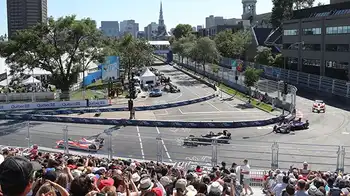
The City of Vancouver is hosting an ABB FIA Formula E World Championship race next year, organizers have announced
VANCOUVER - The City of Vancouver is hosting an ABB FIA Formula E World Championship race next year, organizers have announced.
The all-electric race is being held in the city's False Creek neighbourhood over the 2022 July long weekend, according to promoter OSS Group Inc.
Earlier this year, Vancouver city council voted unanimously in support of a multi-day Formula E event that would include a conference on climate change and sustainability.
"Formula E is a win on so many levels, from being a net-zero event that supports sustainable transportation to being a huge boost for our hard-hit tourism sector, our residents and our…

